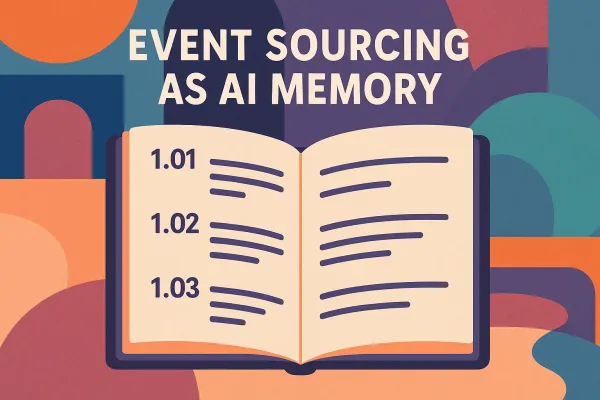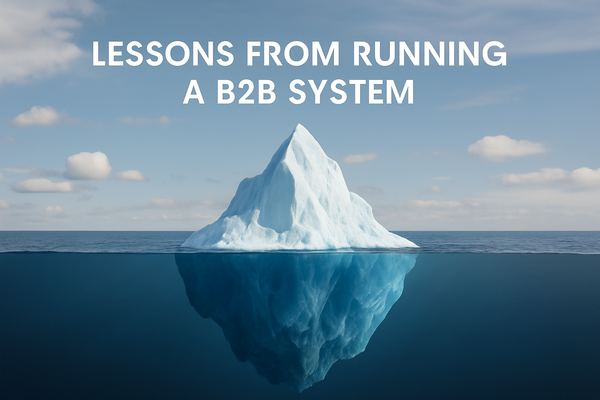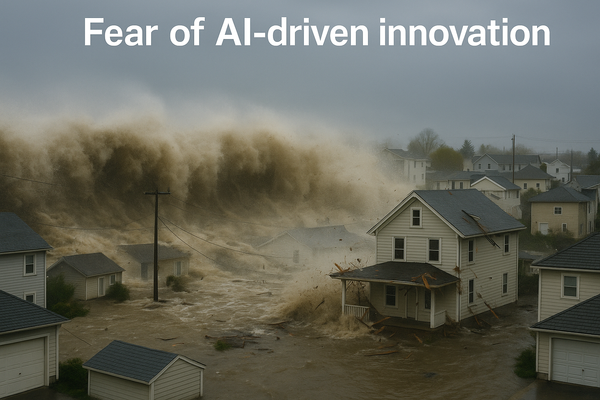Supercharging Your Customer Acquisition: How CDPs Fit Into 10 Modern Marketing Pipelines

In the ever-evolving landscape of digital marketing, staying ahead of the curve isn't just an advantage—it's a necessity. Enter the Customer Data Platform (CDP), a game-changing tool that's revolutionizing how businesses acquire, understand, and retain customers. But how exactly does a CDP fit into the myriad of marketing strategies at your disposal? Let's dive into ten cutting-edge customer acquisition pipelines and discover how CDPs are turning good marketing into great results.
1. Content Marketing: From Words to Wins
Picture this: Your blog post goes viral, your infographic is shared thousands of times, and your eBook downloads are through the roof. But what happens next? This is where CDPs shine:
Content Creation → Distribution → Lead Capture → Nurturing → Conversion
A CDP steps in after lead capture, creating comprehensive profiles based on content interactions. It then personalizes the nurturing process, ensuring that the right content reaches the right person at the right time. By the time a lead reaches the conversion stage, your sales team isn't just prepared—they're armed with a treasure trove of insights.
2. Paid Advertising: Making Every Click Count
In the pay-to-play world of digital advertising, efficiency is king. Here's how a CDP turns your ad spend into a precision instrument:
Ad Creation → Targeting → Ad Serving → Click-through → Landing Page → Conversion
Before you even start targeting, your CDP is hard at work, creating lookalike audiences based on your best customers. Post-click, it's personalizing landing pages on the fly, ensuring that the journey from ad to offer is seamless. And after conversion? That data feeds right back into the system, refining your targeting for the next campaign.
3. Social Media Marketing: Turning Likes Into Loyalty
Social media is a goldmine of customer insights. A CDP helps you strike it rich:
Social Content Creation → Posting → Engagement → Profile Visit → Website Visit → Conversion
As users engage with your content, your CDP is quietly collecting data, enriching user profiles with every like, share, and comment. By the time they hit your website, you're not just showing them a homepage—you're showing them their homepage, tailored to their demonstrated interests and behaviors.
4. Email Marketing: The Personal Touch at Scale
Email might be old school, but with a CDP, it's anything but outdated:
List Building → Segmentation → Email Creation → Sending → Open/Click → Landing Page → Conversion
Segmentation becomes hyper-targeted, send times are optimized for individual users, and content is dynamically personalized. Your CDP ensures that every email feels like it was crafted just for the recipient—because, in a way, it was.
5. SEO: Beyond Keywords to Customer Intent
SEO isn't just about ranking—it's about understanding:
Keyword Research → Content Creation → On-Page Optimization → Ranking → Organic Visit → Conversion
When an organic visitor lands on your site, your CDP springs into action, personalizing their experience based on their search terms and any previous interactions. Post-conversion, it associates success with specific keywords, continuously refining your SEO strategy.
6. Referral Marketing: Turning Customers Into Advocates
Word-of-mouth goes digital, and CDPs make it measurable:
Customer Identification → Incentive Offering → Referral → New Lead → Nurturing → Conversion
Your CDP identifies your best customers for referral programs, creates rich profiles for referred leads, and personalizes nurturing campaigns based on the referrer's characteristics. It's like having a personal introduction to every new lead.
7. Event Marketing: Making Connections That Last
From online webinars to in-person conferences, events are powerful lead generators. CDPs make them even more potent:
Event Planning → Promotion → Registration → Attendance → Follow-up → Conversion
Your CDP helps target likely attendees, personalizes pre-event communication, and tailors post-event nurturing based on attendance and engagement data. Every interaction becomes a building block in the customer relationship.
8. Influencer Marketing: Amplifying Authenticity
Influencer marketing is all about trust. CDPs help you build on that foundation:
Influencer Selection → Campaign Creation → Content Distribution → Audience Engagement → Traffic → Conversion
Use your CDP to identify influencers whose audience matches your ideal customer profile. When traffic comes in, personalize the on-site experience based on the specific influencer they followed. Post-conversion, attribute success accurately for precise ROI calculation.
9. Webinar/Online Course Pipeline: Education Meets Acquisition
Knowledge is power, and CDPs help you wield it effectively:
Topic Selection → Content Creation → Promotion → Registration → Attendance → Follow-up → Conversion
Your CDP informs topic selection based on engagement data, segments attendees for personalized communication, and tailors post-event nurturing. Every lesson learned becomes an opportunity to deepen the customer relationship.
10. Freemium Model: Turning Users Into Customers
Free users are potential paid customers. CDPs help you bridge that gap:
Free Product Offer → Sign-up → Product Usage → Feature Marketing → Upgrade Offer → Conversion
As users engage with your free product, your CDP is analyzing usage patterns to identify upgrade opportunities. It then helps craft personalized upgrade offers based on individual usage, turning free users into paying customers at the perfect moment.
The CDP Advantage: Connecting the Dots
In each of these pipelines, a CDP serves as the central nervous system, collecting, analyzing, and activating data at every touchpoint. It breaks down silos between marketing channels, creating a seamless, personalized experience for the customer and a clear, actionable view of the customer journey for your team.
By implementing a CDP across these acquisition strategies, you're not just optimizing individual campaigns—you're creating a holistic, data-driven approach to customer acquisition that adapts and improves with every interaction.
In the age of information, data isn't just power—it's potential. And a CDP helps you realize that potential, turning raw data into relationships, and prospects into loyal customers. So, as you look at your acquisition strategy, ask yourself: Are you just collecting data, or are you truly connecting with your customers? With a CDP, you can do both—and that's the key to not just acquiring customers, but keeping them for life.



